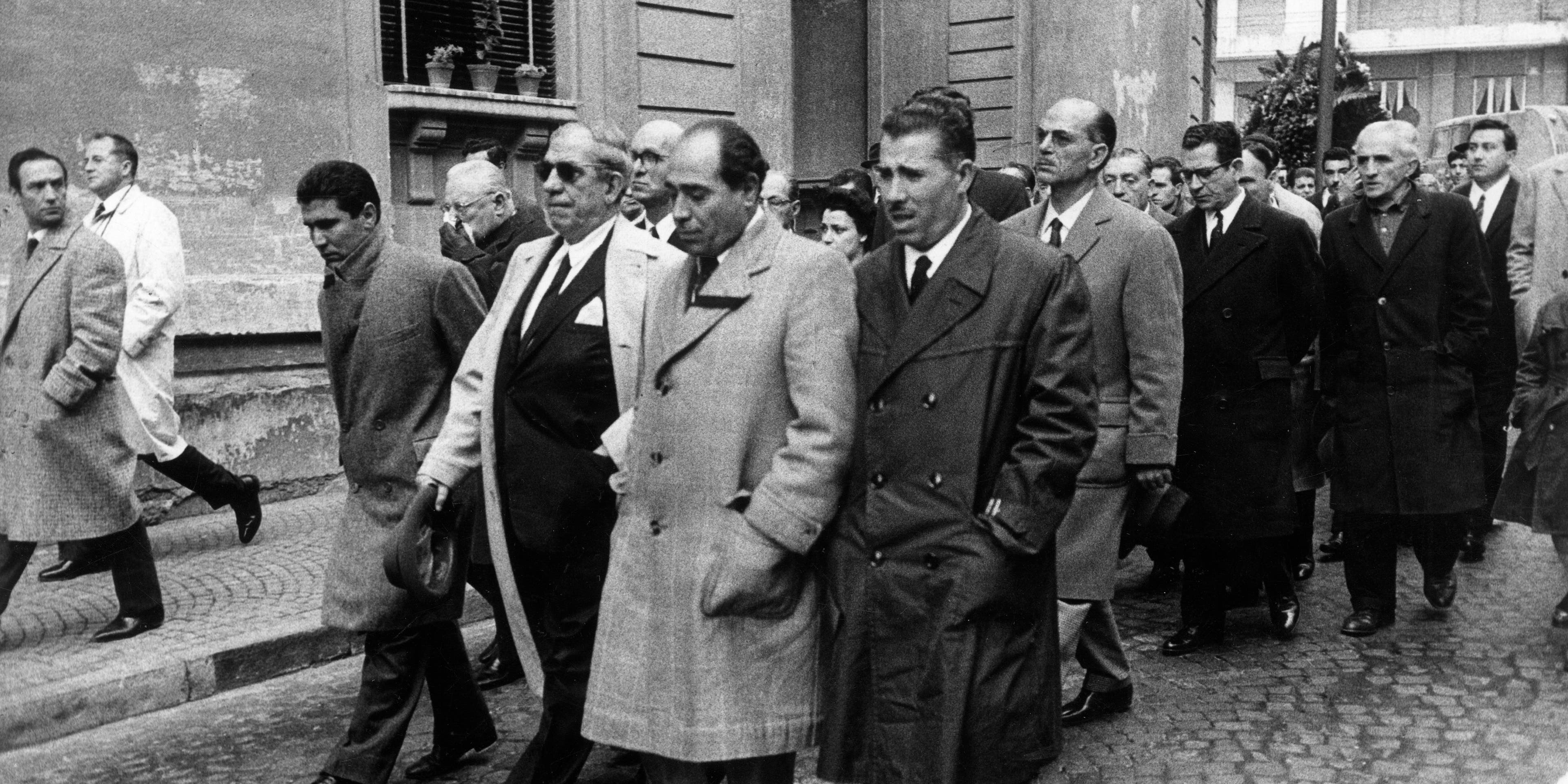In 1931, a Commission of crime families began running New York City rackets, initiating an era of colorful nicknames and violent power struggles.

In 1931, the mob got organized. After a series of power struggles and murders, mobster Charles “Lucky” Luciano established the “Commission,” a governing body headed by five New York City crime families. For the next four decades, the “Five Families” used tactics like loan-sharking, extortion and labor union infiltration to influence and profit from a range of businesses.
“They didn’t rob banks—they didn’t have to,” says Selwyn Raab, author of Five Families: The Rise, Decline, and Resurgence of America’s Most Powerful Mafia Empires. “They did all these more elegant, sophisticated crimes, because they paid more and there was less danger.” The families had their hands in a lot of different operations. They ran gambling and drug trafficking rings, but they also controlled construction and transportation companies.
In the Commission’s early days, many members of the Five Families—Genovese, Bonanno, Lucchese, Gambino and Colombo—were immigrants from Italy, particularly Sicily. Some had ties to Sicilian crime families, who operated according to a code of honor known as omertà. The Five Families incorporated the concept of omertà into the Commission, prohibiting mobsters from ratting out members of their own family, as well as other families on the Commission.
The Five Families’ influence diminished after the United States passed the 1970 Racketeer Influenced and Corrupt Organizations Act, or RICO Act, which gave the government new ways to prosecute organized crime. The effectiveness of the act led mobsters to break omertà and become informants, and even resulted in one boss flipping on his family.